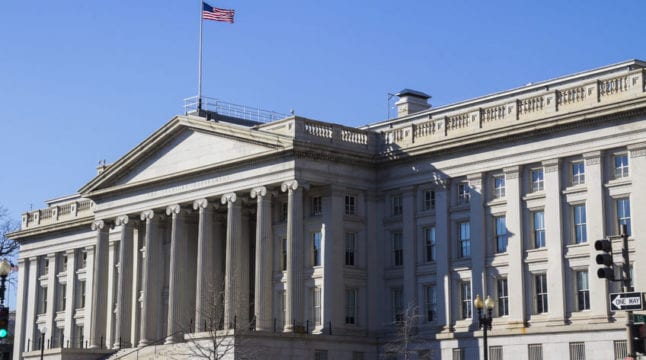
Can the US Economy Withstand a $3 Trillion Cash Injection?
Tim Fries, 12 April 2021
 It is not often noted that the U.S. Treasury too injects the economy with cash flow, on top of various stimulus packages. With a precarious economic balance such as it is, excess liquidity may yet be another trigger to make inflation worse.
It is not often noted that the U.S. Treasury too injects the economy with cash flow, on top of various stimulus packages. With a precarious economic balance such as it is, excess liquidity may yet be another trigger to make inflation worse.
Controlled Demolition of the Economy
At this point, it’s safe to say this decade began with a string of anomalies colossal in scope. Novel, harsh lockdowns were introduced for a fast-spreading, largely unknown virus. This led to historic wealth transfer from workers to corporate conglomerates close to $4 trillion, not to be confused with the other historic wealth transfer from boomers to millennials.
To keep society afloat under this “new normal” and maintain the newly formed monetary dependency, the sky became the limit for the Federal Reserve, the entity with the power to create money. The Fed drastically increased the money supply under quantitative easing – buying assets to stimulate borrowing and inject the economy with liquidity. While the last $1.9 trillion stimulus bill served as a relief in the wake of economic demolition, that money was borrowed by the Treasury Department.

